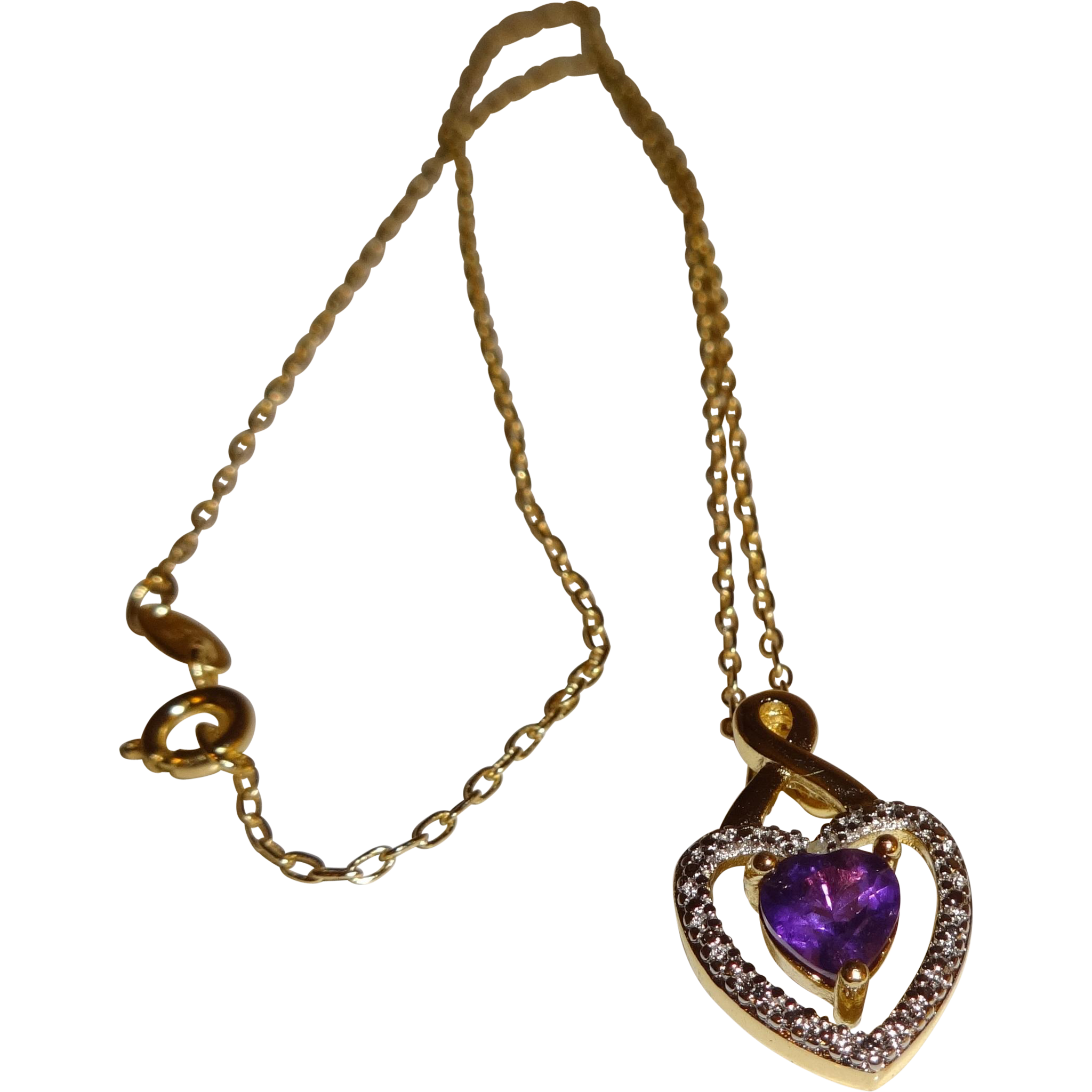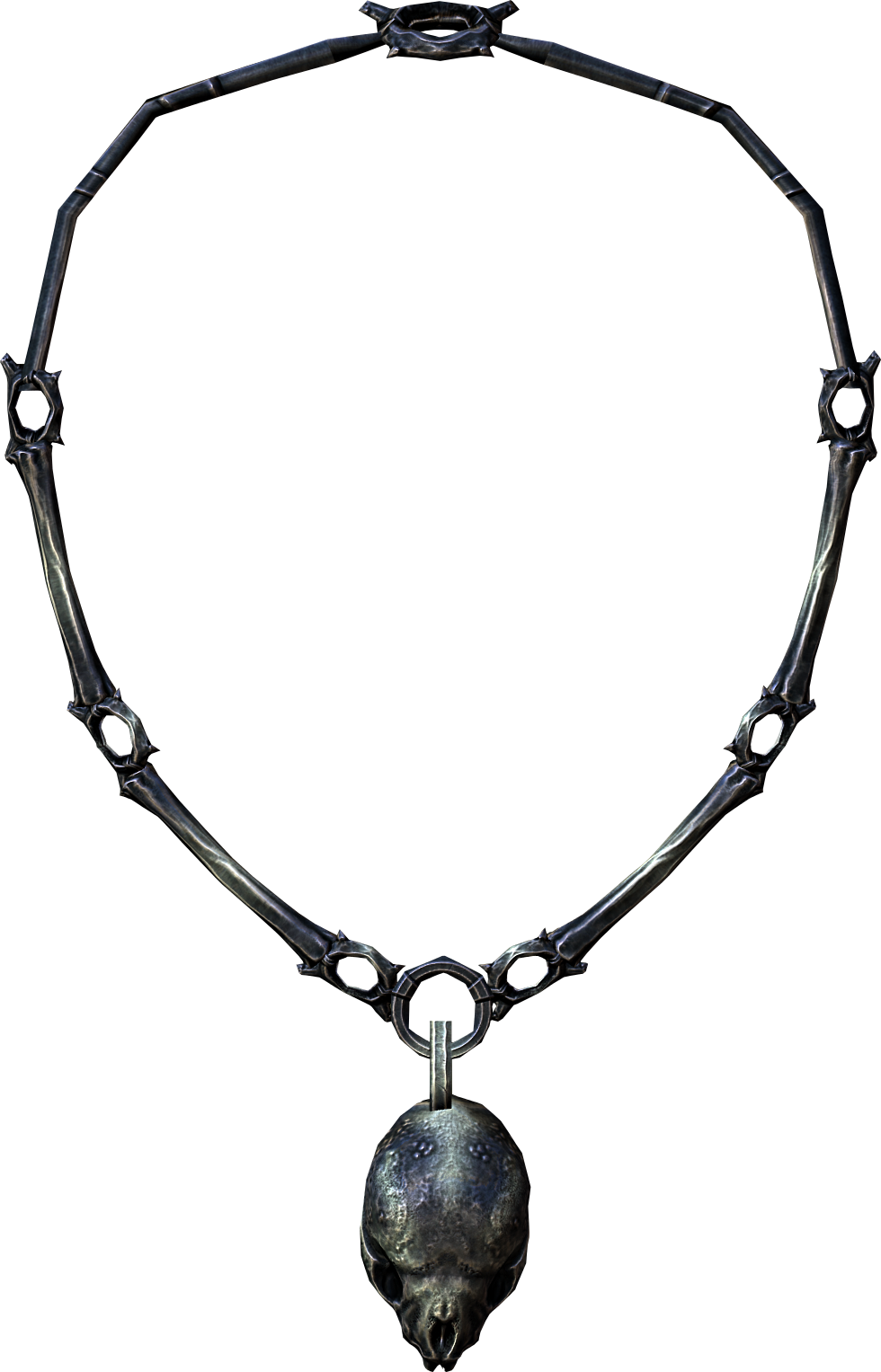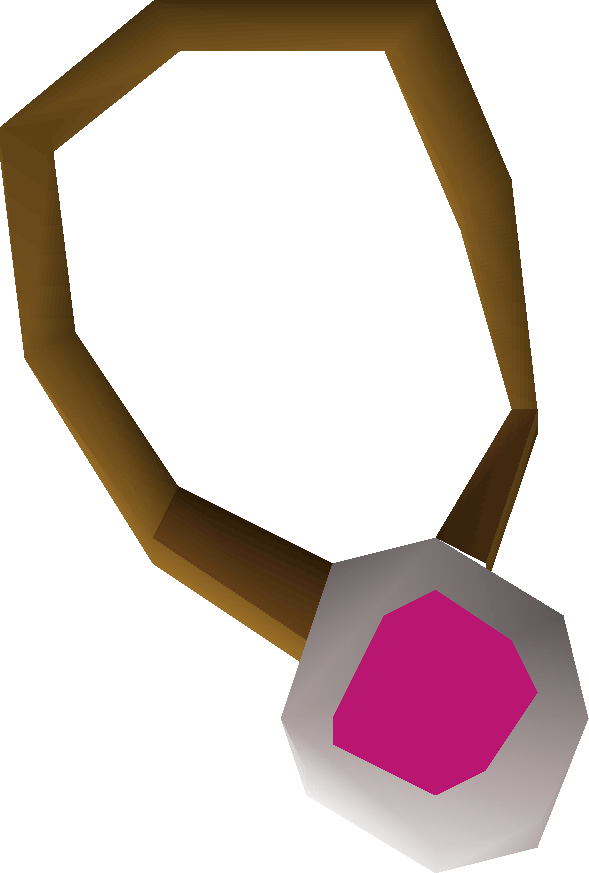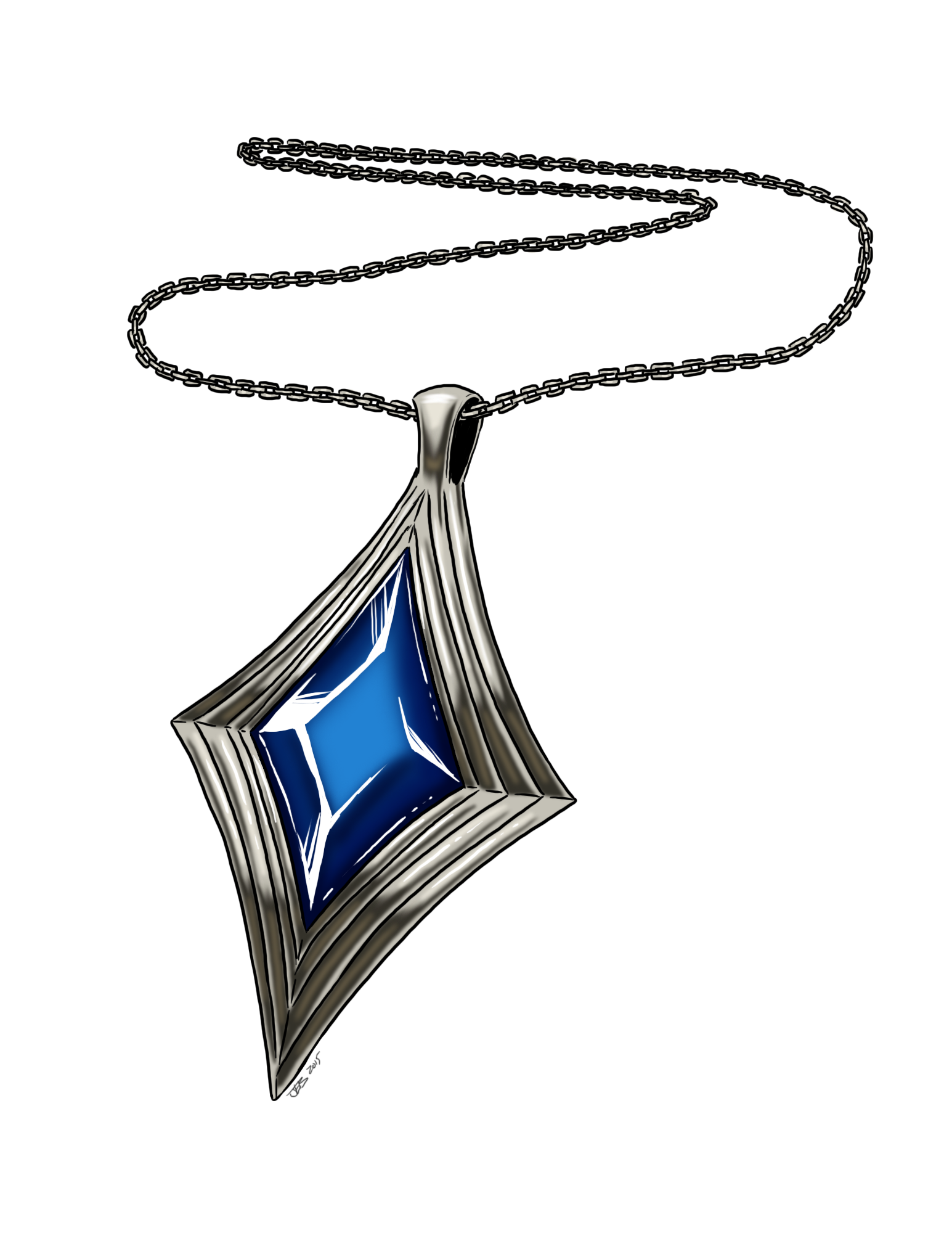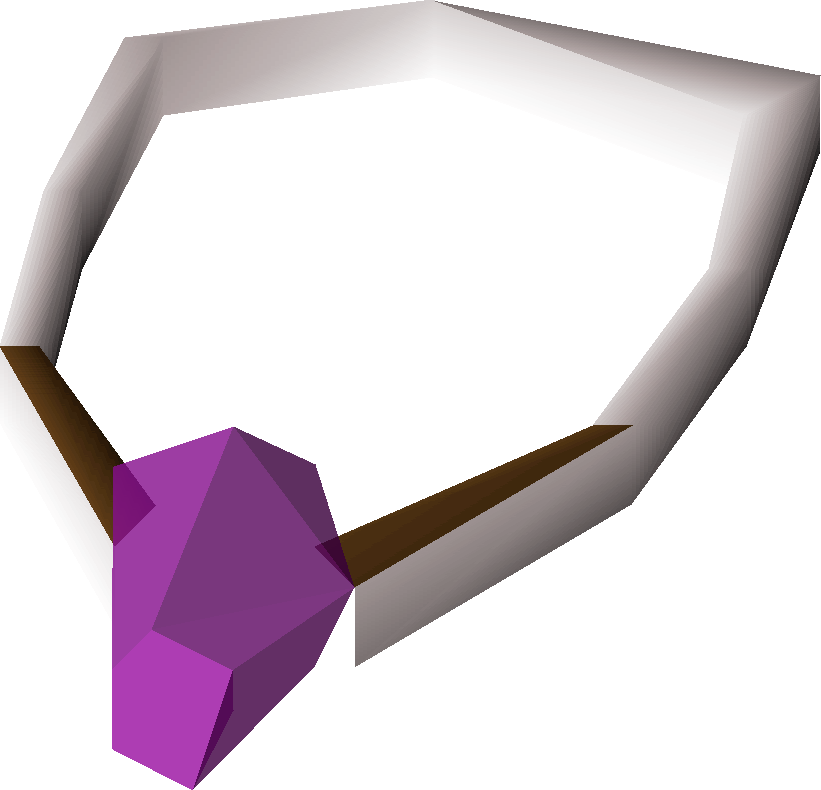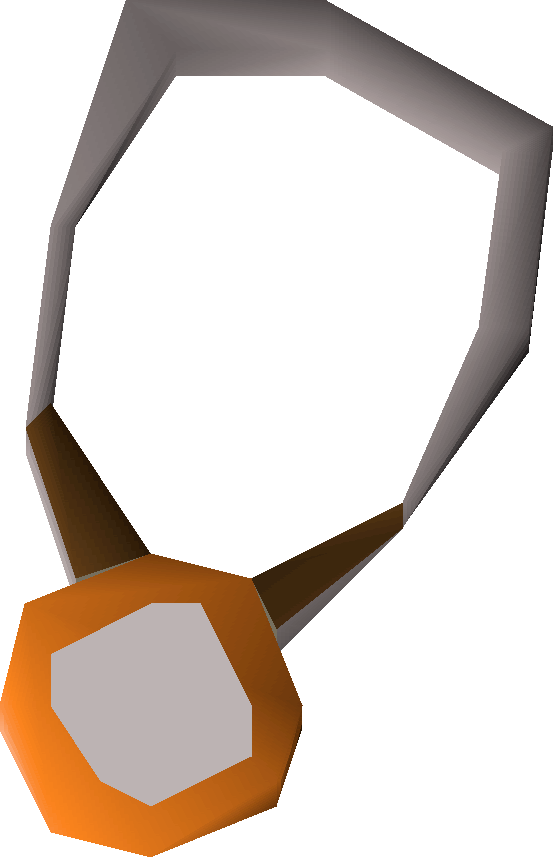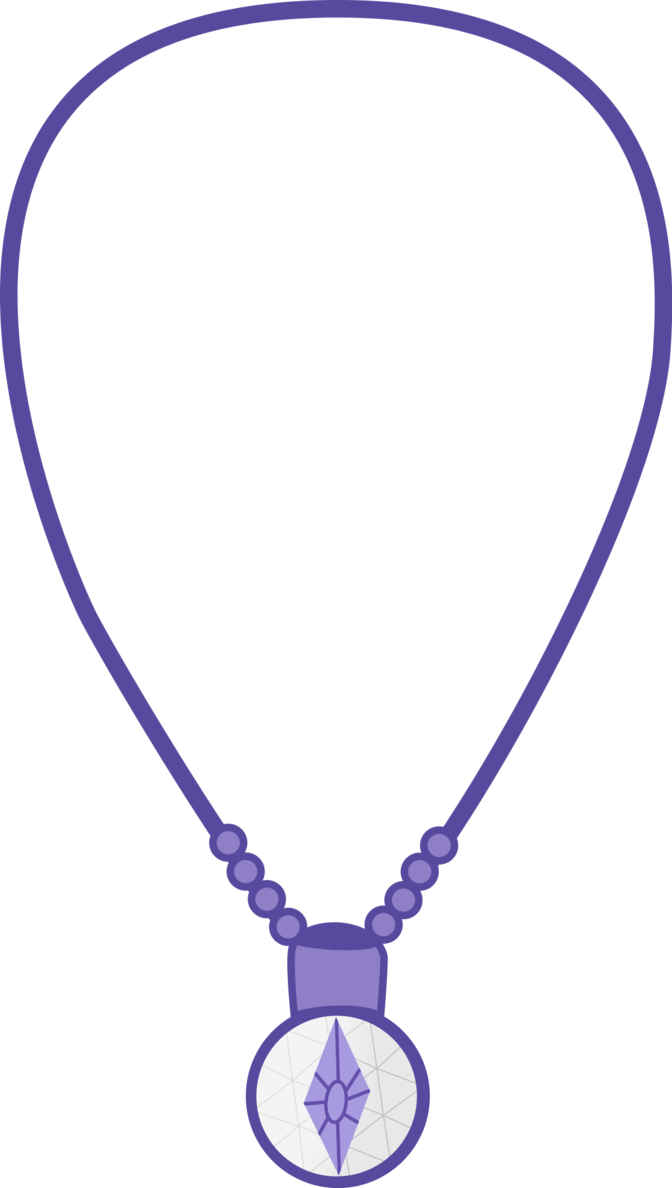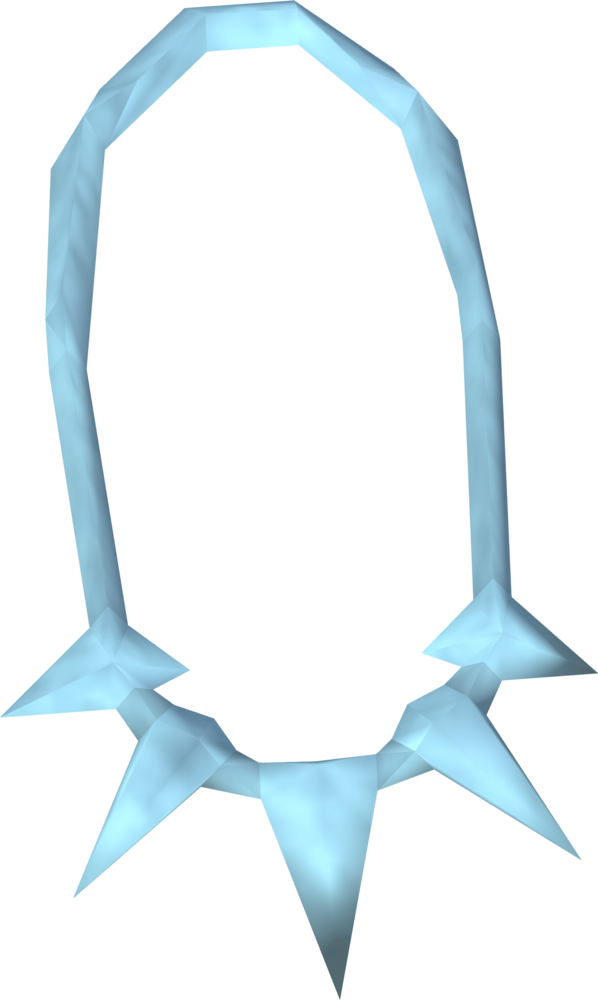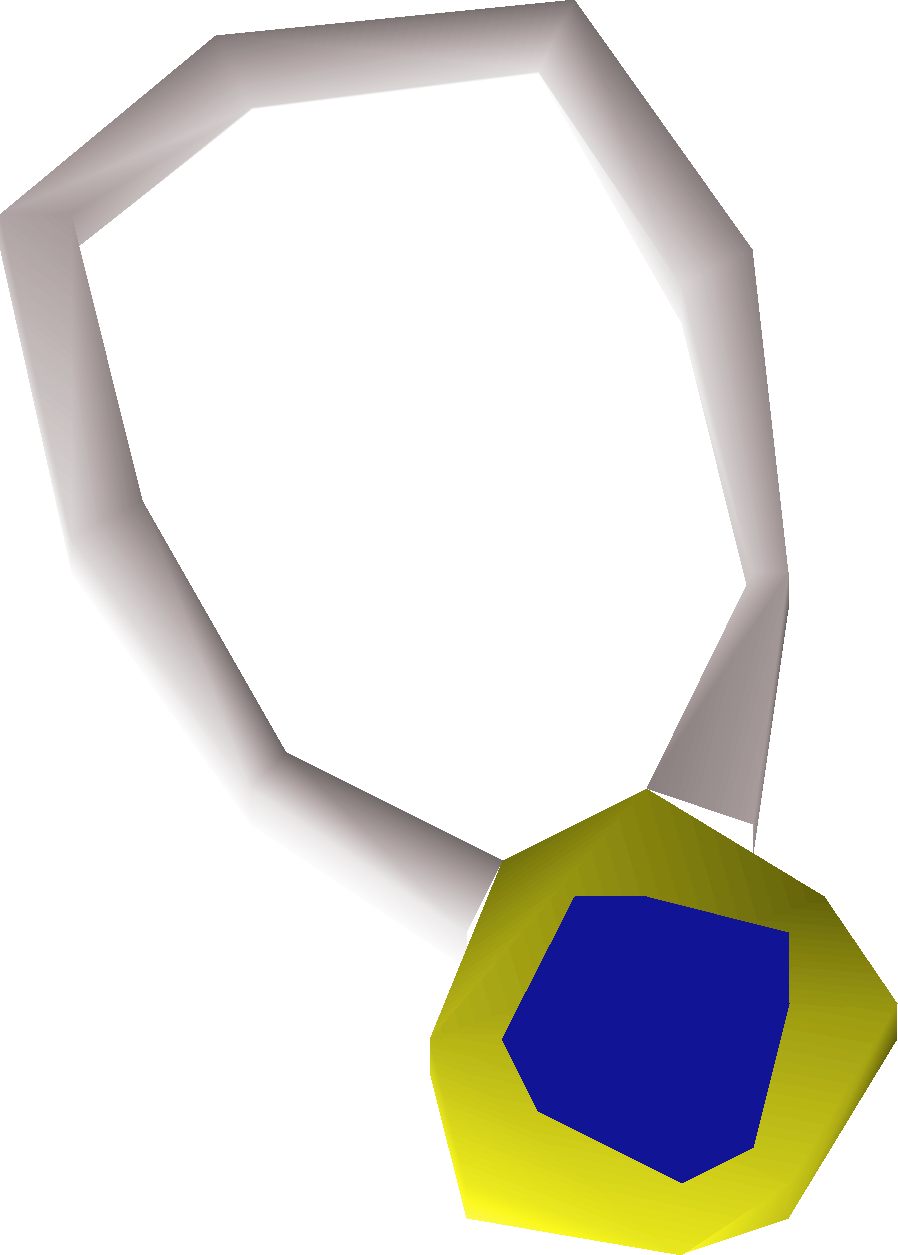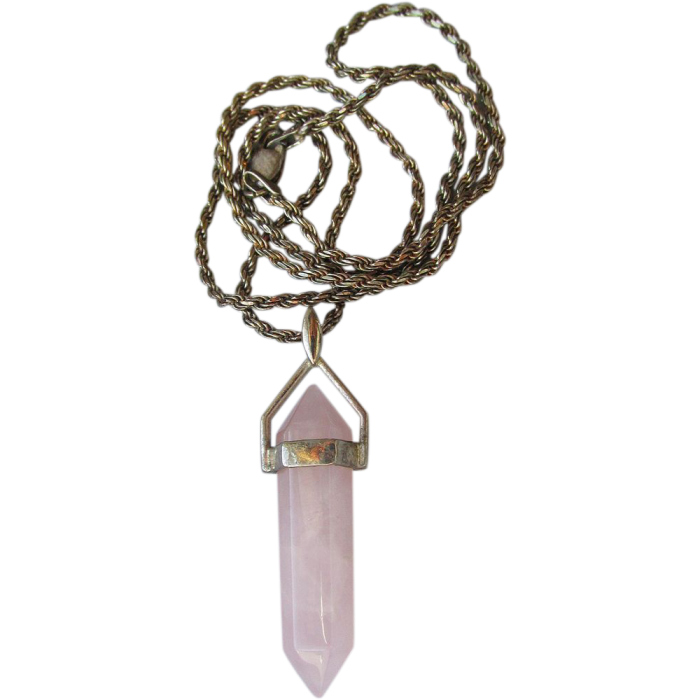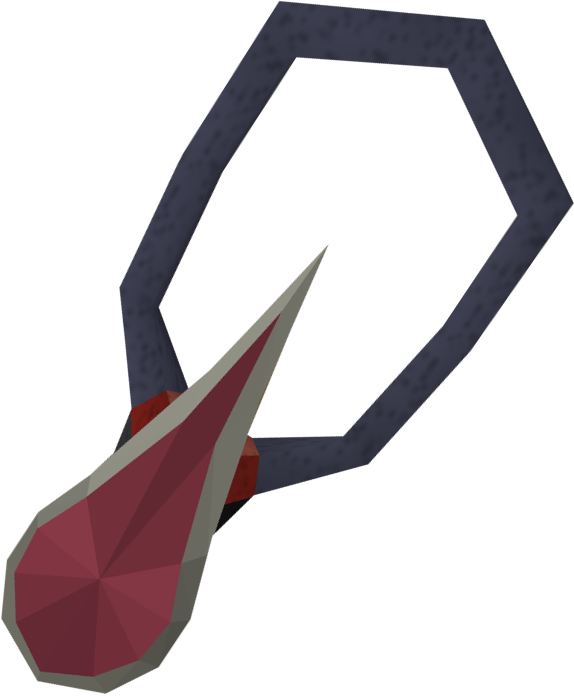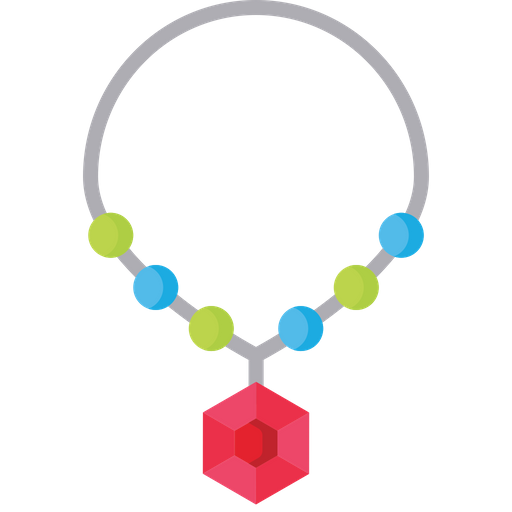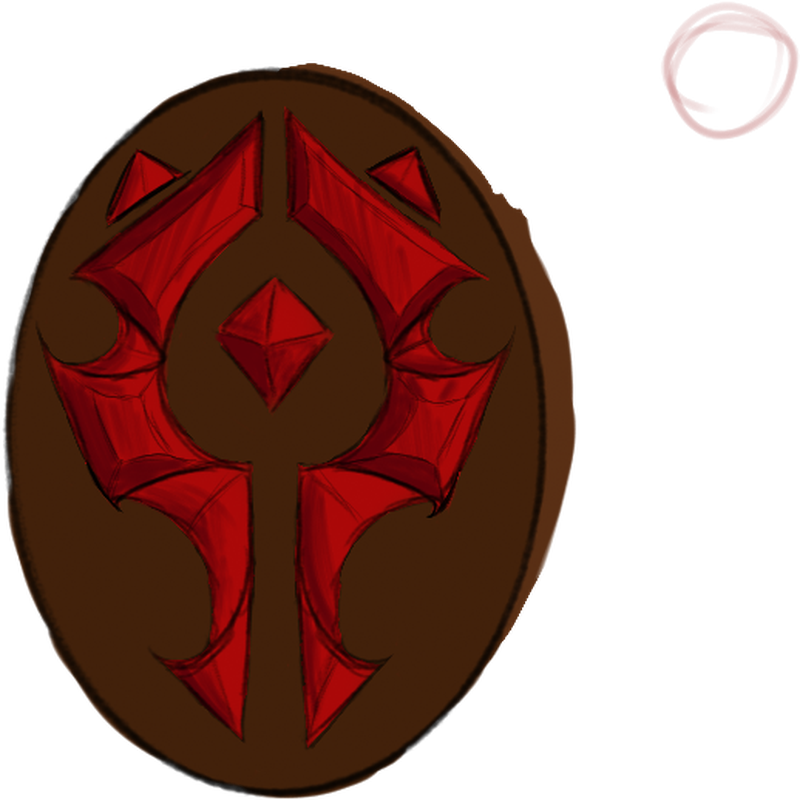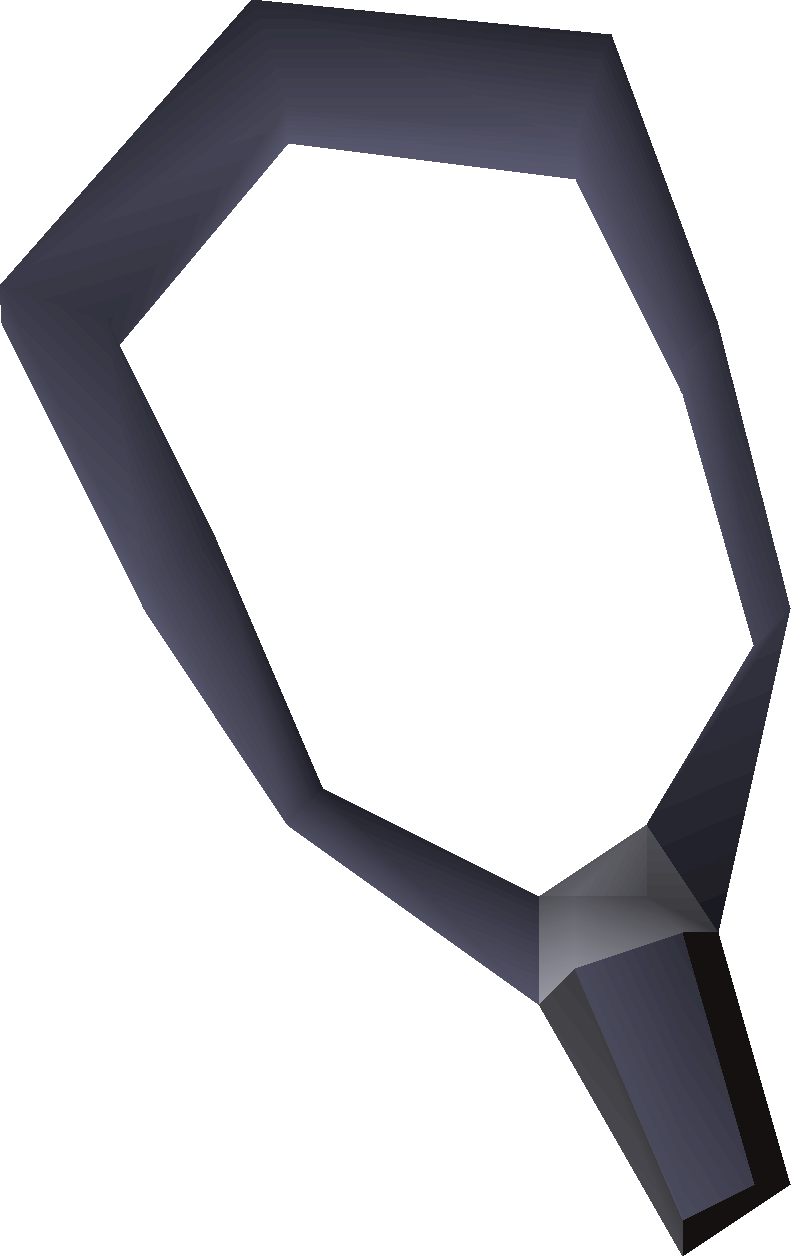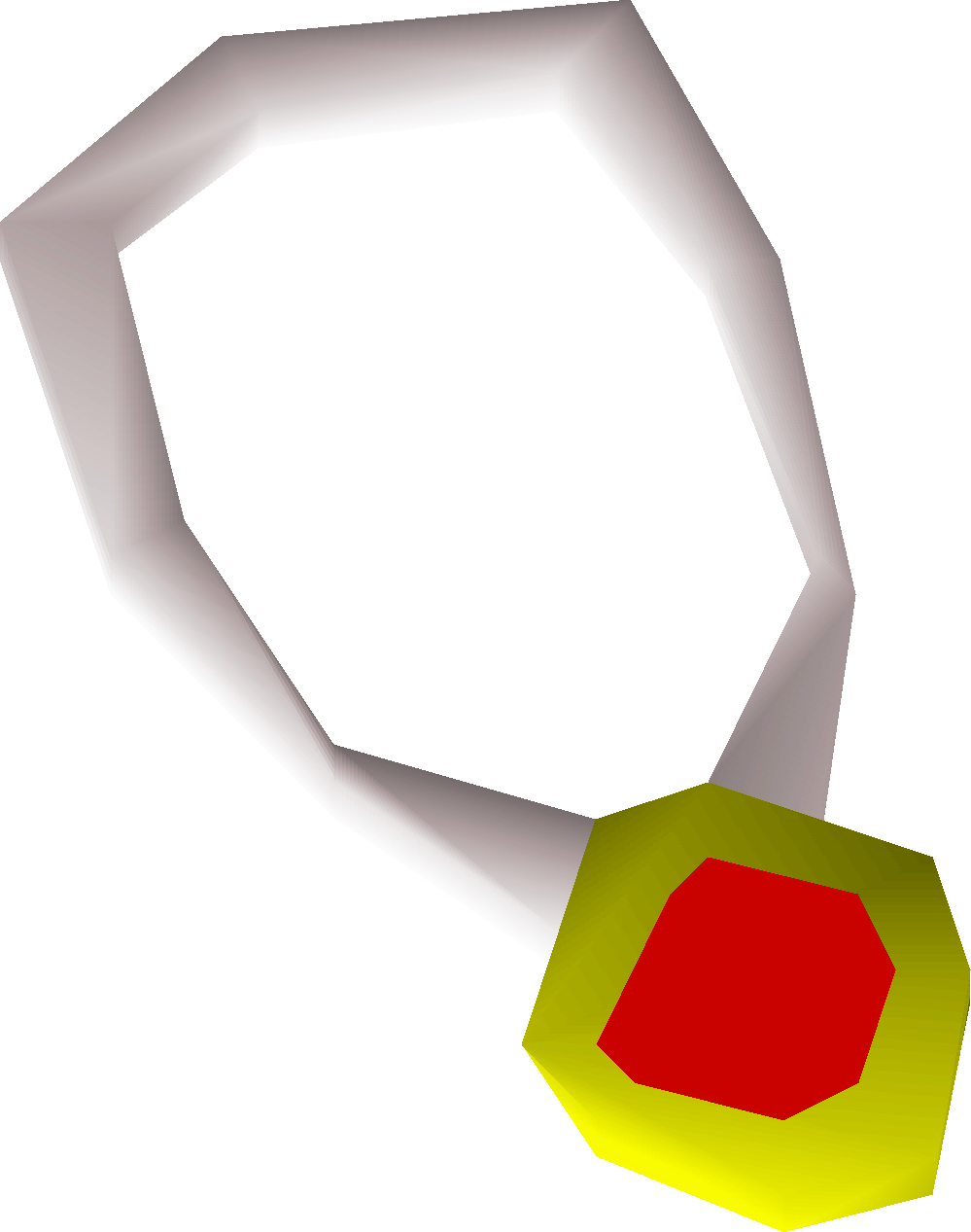Download top and best high-quality free Amulet PNG Transparent Images backgrounds available in various sizes. To view the full PNG size resolution click on any of the below image thumbnail.
License Info: Creative Commons 4.0 BY-NC
An amulet, often known as a good luck charm, is an object that is thought to provide protection to the person who wears it. The word “amulet” derives from the Latin word amuletum, which means “an item that protects a person from danger,” according to Pliny’s Natural History. Gems, sculptures, money, drawings, plant parts, animal parts, and written words are all examples of objects that may be used as amulets.
Amulets that are said to derive their extraordinary properties and powers from magic or those that bring good luck are typically associated with folk religion or paganism, whereas amulets or sacred objects associated with formalised mainstream religion, such as Christianity, are said to have no power of their own without being blessed by a clergyman, and they are also said to provide no preternatural benefit to the bearer if they do not have the appropriate disposition.
The terms talisman and amulet are synonymous. Any object with an apotropaic function is referred to as an amulet. An amulet is a protective device composed of a strong substance that is worn around the neck (metal or hard-stone). Amulets can also be used to describe paper examples; however, the term ‘talisman’ is more commonly used to describe them. Pendants, little beautiful things that hang from necklaces, are sometimes mistaken with amulets. Any individual necklace might be an amulet, but so could any other thing that claims to protect its wearer from harm.
Amulets (meket) were widely used by both living and deceased ancient Egyptians. They were utilized as a kind of protection and to “reaffirm the basic justice of the world.” The earliest amulets discovered date from the predynastic Badarian Period and lasted until Roman times.
To avoid miscarriage, pregnant women would wear amulets picturing Taweret, the goddess of childbirth. The deity Bes, who had a lion’s head and a dwarf’s body, was thought to be the guardian of children. After giving birth, a woman would take off her Taweret amulet and replace it with a Bes amulet.
The ankh and the Eye of Horus, which symbolized the new eye given to Horus by the deity Thoth as a substitute for his previous eye, which had been damaged during a fight with Horus’s uncle Seth, were among the most prevalent amulets. Amulets frequently depicted gods, animals, or hieroglyphs. For example, the scarab beetle, a typical amulet form, is the deity Khepri’s symbol.
The most frequent material for such amulets was Egyptian faience, also known as tjehenet, but stone, metal, bone, wood, and gold were also used. Another type of amulet was phylacteries with writings within.
The ancient Egyptians, like the Mesopotamians, made no difference between magic and medicine. “Religion was an effective and valid instrument for influencing miraculous cures,” they said. Each therapy was a blend of practical medicine and magical spells that worked in tandem. The oldest magical cures known from Egypt are anti-snakebite spells.
Diseases were thought to be caused by both supernatural and natural causes by the Egyptians. The disease’s symptoms dictated which deity the doctor needed to pray to in order to heal it.
Doctors were highly costly, thus the typical Egyptian would have relied on persons who were not professional doctors but had some type of medical training or understanding for most of their daily needs.
Folk healers and seers were among them, with the ability to mend broken bones, assist women in childbirth, give herbal cures for common diseases, and interpret dreams. If a doctor or seer was unavailable, ordinary folk would cast their charms on their own. It was probably usual for people to remember spells and incantations to use later.
Download Amulet PNG images transparent gallery.
- Amulet PNG Images HD
Resolution: 2048 × 2048
Size: 1253 KB
Image Format: .png
Download
- Amulet PNG Images
Resolution: 980 × 1527
Size: 1100 KB
Image Format: .png
Download
- Amulet PNG Photo
Resolution: 471 × 1521
Size: 595 KB
Image Format: .png
Download
- Amulet PNG Photos
Resolution: 589 × 873
Size: 32 KB
Image Format: .png
Download
- Amulet PNG Pic
Resolution: 1545 × 2000
Size: 821 KB
Image Format: .png
Download
- Amulet PNG Picture
Resolution: 821 × 790
Size: 22 KB
Image Format: .png
Download
- Amulet PNG
Resolution: 553 × 857
Size: 37 KB
Image Format: .png
Download
- Amulet Transparent
Resolution: 672 × 1188
Size: 63 KB
Image Format: .png
Download
- Amulet
Resolution: 598 × 1000
Size: 171 KB
Image Format: .png
Download
- Amulet Background PNG
Resolution: 898 × 1255
Size: 39 KB
Image Format: .png
Download
- Amulet No Background
Resolution: 700 × 700
Size: 217 KB
Image Format: .png
Download
- Amulet PNG Background
Resolution: 512 × 512
Size: 12 KB
Image Format: .png
Download
- Amulet PNG Clipart
Resolution: 574 × 696
Size: 98 KB
Image Format: .png
Download
- Amulet PNG Cutout
Resolution: 498 × 1968
Size: 861 KB
Image Format: .png
Download
- Amulet PNG File
Resolution: 900 × 757
Size: 107 KB
Image Format: .png
Download
- Amulet PNG Free Image
Resolution: 512 × 512
Size: 50 KB
Image Format: .png
Download
- Amulet PNG HD Image
Resolution: 800 × 800
Size: 325 KB
Image Format: .png
Download
- Amulet PNG Image File
Resolution: 791 × 1256
Size: 23 KB
Image Format: .png
Download
- Amulet PNG Image HD
Resolution: 999 × 1267
Size: 26 KB
Image Format: .png
Download
- Amulet PNG Image
Resolution: 733 × 733
Size: 95 KB
Image Format: .png
Download
